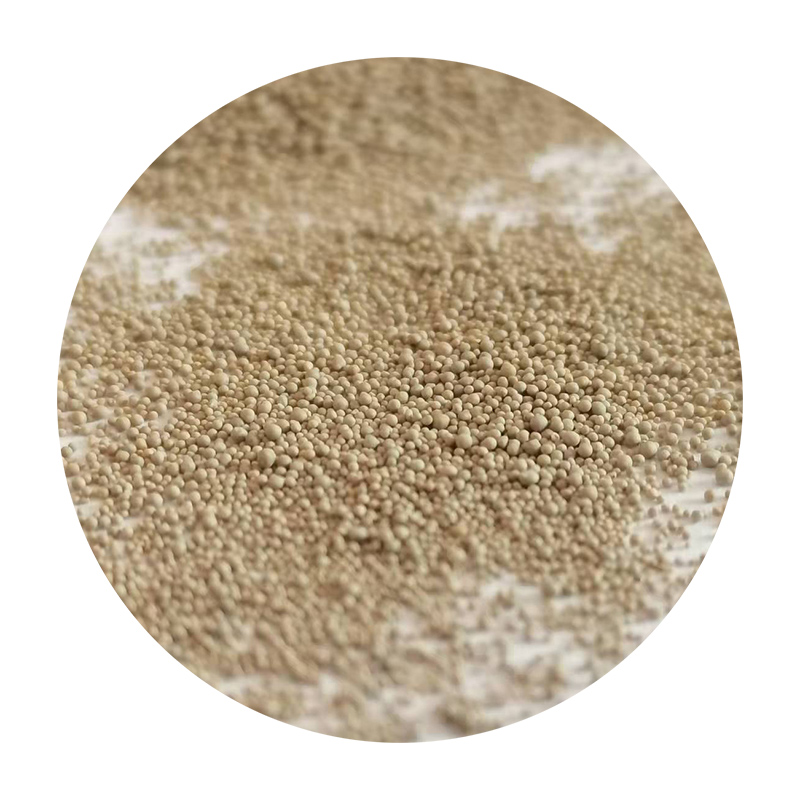Sand Casting A Versatile and Cost-Effective Manufacturing Process
Sand casting, also known as sand mold casting, is one of the oldest and most widely used metal casting processes available. It involves the pouring of molten metal into a sand mold to create various metal parts with complex shapes and designs. This method is not only versatile but also cost-effective, making it a popular choice in various industries, including automotive, aerospace, and artistic applications.
The Process of Sand Casting
The sand casting process begins with the creation of a pattern, which is an exact replica of the final product. Patterns can be made from various materials such as wood, metal, or plastic, and are often produced in two halves to facilitate the removal from the mold. The pattern is then placed in a specially prepared mixture of sand and a bonding agent, which is compacted to form a mold.
Once the mold is formed, it is split into two halves the cope and the drag. The cope is the upper half of the mold, while the drag is the lower half. After the pattern is removed, the mold cavity is left behind, ready to receive the molten metal.
The next step involves heating the metal to its melting point and pouring it into the mold cavity. Once the metal has cooled and solidified, the mold is broken away, and the cast metal part is retrieved. The final steps include cleaning and finishing the cast part to ensure it meets the required specifications.
Advantages of Sand Casting
One of the primary advantages of sand casting is its ability to produce complex shapes without the need for elaborate tooling. The sand mold can easily accommodate intricate designs and contours, which would be challenging to achieve with other casting methods. This flexibility allows for a variety of applications, from small components to large industrial parts.
sand casting

Another significant benefit is cost-effectiveness. The materials used for sand molds are relatively inexpensive, and the process does not require pricey machinery or extensive setup. This makes sand casting particularly appealing for small production runs, prototyping, and custom projects.
The sand casting process is also scalable; it can be utilized for both low-volume production and high-volume mass production
. Additionally, the sands used in casting can often be reused multiple times, thus reducing material waste and further lowering production costs.Challenges in Sand Casting
Despite its advantages, sand casting does present some challenges. One notable issue is the potential for defects in the cast products, such as sand inclusions, gas porosity, or dimensional inaccuracies. These defects can arise from various factors, including improper mold preparation, inappropriate metal pouring temperatures, or inadequate cooling times. Quality control measures must be implemented to minimize these defects and ensure the integrity of the cast parts.
Moreover, while sand casting is versatile, it is generally not suited for producing parts with very tight tolerances or high precision. Applications requiring strict dimensional accuracy may be better served by alternative casting techniques, such as investment casting or die casting.
Future of Sand Casting
The future of sand casting looks promising, especially with advancements in technology. Innovations in 3D printing and additive manufacturing are being integrated into the sand casting process, allowing for the creation of more intricate mold designs with reduced lead times. Additionally, the development of new materials and bonding agents enhances the performance and quality of sand molds.
In conclusion, sand casting remains a vital manufacturing process in today's industrial landscape. Its ability to produce complex shapes cost-effectively makes it an attractive option for many applications. Despite some challenges, ongoing advancements are likely to improve its efficiency and effectiveness further, ensuring that sand casting will continue to play a significant role in the future of manufacturing.
Post time:Samh . 19, 2024 14:11
Next:why is sand casting used
